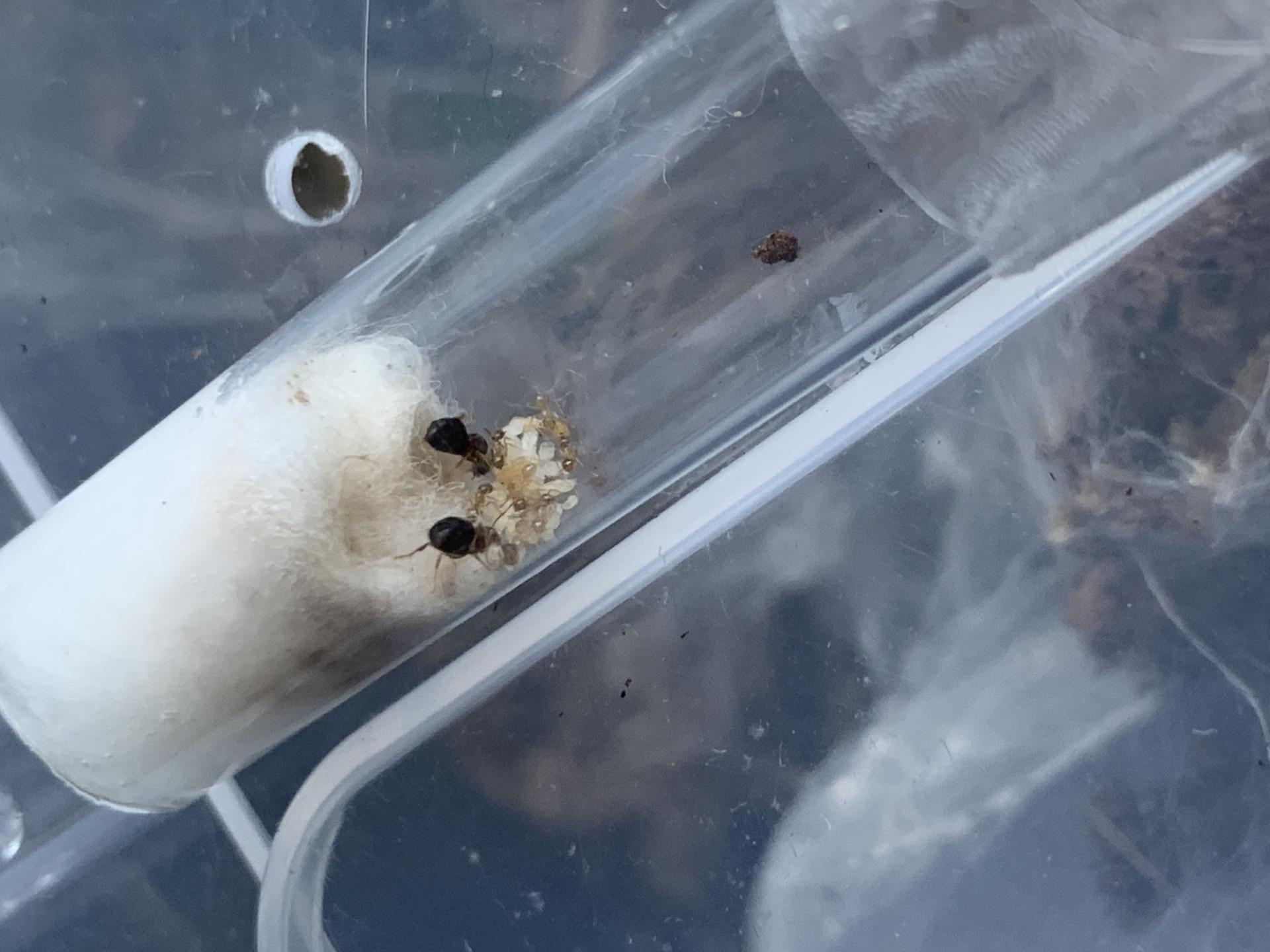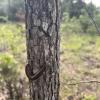
- Formiculture.com
- Forums
- Gallery
- Members
- Member Map
- Chat

Edited by Jonathan5608, July 19 2022 - 9:22 AM.
Probably Nylanderia.
Please follow the ID format next time.
Edited by NickAnter, July 19 2022 - 10:15 AM.
Hi there! I went on a 6 month or so hiatus, in part due, and in part cause of the death of my colonies.
However, I went back to the Sierras, and restarted my collection, which is now as follows:
Aphaenogaster uinta, Camponotus vicinus, Camponotus modoc, Formica cf. aserva, Formica cf. micropthalma, Formica cf. manni, Formica subpolita, Formica cf. subaenescens, Lasius americanus, Manica invidia, Pogonomyrmex salinus, Pogonomyrmex sp. 1, Solenopsis validiuscula, & Solenopsis sp. 3 (new Sierra variant).
Edited by Jonathan5608, July 21 2022 - 12:53 PM.
0 members, 1 guests, 0 anonymous users